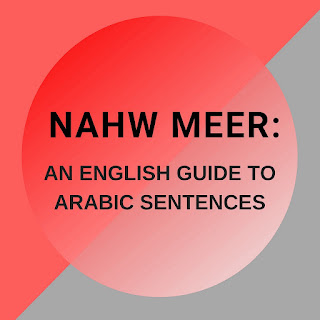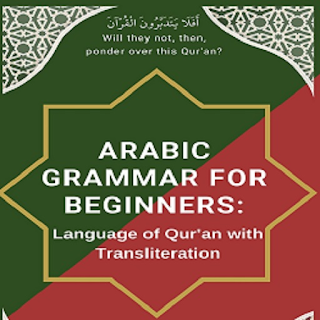9.0/9.1/9.2 - Particles/Inactive Particles/Active Particles

Section 9.0 - Particles حُرُوْفٌ ( hu-roof-un ) are of two kinds: - First kind is the one which does not change the state of the word that comes after it and is called a non-active Particle. - Second kind is a Particle that causes the word/words after it to change its state to nominative ( رَفْعٌ raf-un ) accusative ( نَصْبٌ nas-bun ). Genitive ( جَرٌّ jar-run ) or jussive ( جَزْمٌ jaz-mun ) / or lightening of e’raab . These are called Active Particles.





